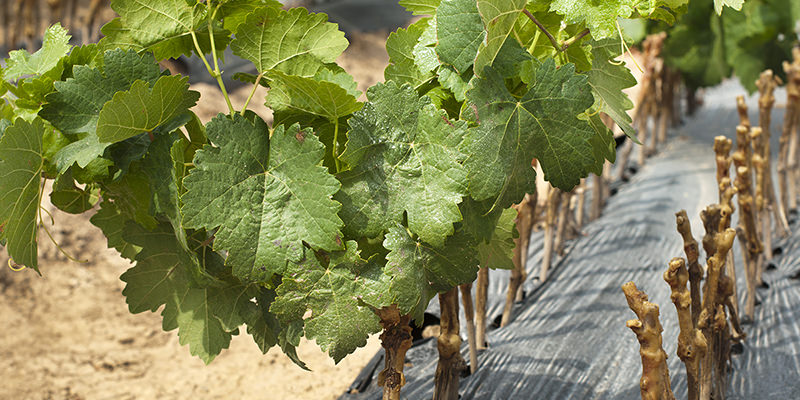One concept that’s bandied around a lot but not discussed in much detail (we’ll admit, it’s kind of scientifically intimidating) is: the clone. We’re not talking about doomed sheep or jars of variously terrifying replications of Ripley from Aliens. We’re talking about grape clones. Even if you’re a more casual wine drinker, you’ve probably heard the term, and assumed—rightly—it has something to do with the horticultural methods behind the stuff that’s in your glass. So what exactly is it?
The best way to understand what a grape clone is is to understand what purpose it serves. Most plants reproduce sexually—not romantically, but through a combination of genetic material from two parent plants, often carried from one plant to another by wind or adorably helpful bees. Two grape vines can reproduce this way, yielding a new baby grape vine with half its characteristics from papa vine and half from mama vine.
That’s all well and good, unless you’re trying to maintain the character of a highly successful wine-making grape (or isolate a good characteristic, e.g. disease resistance, aroma, flavor). For a winemaker, the best way to preserve the characteristics of a grape variety is reproduction via cloning: a piece of what is called the “mother vine” is cut off and either planted directly into the soil, where it’ll sprout its own roots, or grafted onto another vine. With only one “parent,” the genetic content of the new vine will be theoretically the same.
We say theoretically because—since wine is endlessly complicated—variations can actually arise. “Slight genetic variations commonly occur among the many billions of cells that make up a grapevine,” meaning a piece of Vine A might be planted to make Vine A-2, but random genetic mutation could change certain characteristics, making it no longer identical to Vine A. One of the many reasons we have so much wine: grape vines are highly adaptable, reacting to the environment and often mutating as a result of that. The mutation can be good or bad, and it’s the goal of the winemaker to isolate the vine with the best characteristics and propagate that via cloning. For example, there are hundreds of clones of Pinot Noir, and they all have a unique set of characteristics.
Clones shouldn’t be confused with “crosses” and “hybrids.” A cross is when two grape varieties from within the same species—Vitus vinifera—are cross-bred, yielding a new grape variety. (Cabernet Sauvignon is a cross between Sauvignon Blanc and Cabernet Franc.) A “hybrid” is basically the same except the breeding happens between two grapes of different species. Crosses are much more common than hybrids, but clones are the most common; in fact, since genetic variation happens on its own, clones are actually inevitable.
We’re not trying to load you up with conversation topics for your next dinner party. Grape clones are actually becoming a little more prominent in the industry, even to the consumer. Which maybe shouldn’t surprise; in a sea of Cabernet Sauvignon, one great way to differentiate yourself is to pinpoint the excellence of the clone you’re using, like “California Clone 22,” which yields grapes with a higher pH suitable for the production of fruit-forward, powerful California reds.

